In the last few decades, human activities and issues such as climate change, pollution, deforestation, and biodiversity loss have drastically changed the environment, impacting the younger generation. Now, youth are not only facing the inheritance of the world’s problems but are also in a position to find a solution. The growing up environment has an impact on physical health, mental wellbeing, social dynamics, and future opportunities. This article reveals why addressing the social issues is crucial for safeguarding the wellbeing and empowerment of youth.
Physical Health Impact
The key problem of an imbalanced lifestyle is poor health conditions. The environmental crisis directly affects the health of young people. Air pollution, for example, is one of the leading problems of respiratory disease, which causes diseases like asthma and bronchitis, especially among children and adolescents. Similarly, water poses water contamination disease, leading to the youth having waterborne diseases such as cholera and dysentery. Moreover, the changing climate has led to extreme events in the environment, such as heatwaves, floods, landslides, and hurricanes. These activities disproportionally affect vulnerable populations, including the young population, causing severe health problems. Poor nutrition is caused by food scarcity, an outcome of drought and changing agricultural patterns. Addressing health hazards is essential to ensure that youth can grow in an environment that supports their physical well-being.
Mental Health And Emotional Wellbeing
The growing crisis of the environment has given rise to a phenomenon called “eco-anxiety,” a term used to describe the chronic fear of environmental doom. Many youths feel overwhelmed and helpless in the face of large-scale environmental degradation. This anxiety is triggered by witnessing the destruction of the ecosystem, hearing about the potential loss of biodiversity, and realizing the planet’s uncertain future. Eco-anxiety is not just fear; it often stems from a deep sense of responsibility and lack of control over the situation. People actively involved in environmental activism may experience burnout or despair when change seems slow and insufficient. Therefore, providing more platforms where young people can actively participate in ecological solutions can mitigate this kind of mental health challenges. Education, awareness, and open dialogue can empower youth to feel optimistic and capable of driving change.
Social And Economic Impact
Environmental degradation cascades social and economic structures, influencing the opportunities available to the younger generation. For instance, climate-induced displacement disrupts education and social stability for millions of youth worldwide. Families are forced to migrate due to rising sea levels and often lose access to schools, healthcare, and stable jobs. Youths from marginalized communities are more affected, as they lack the resources to recover from environmental shocks. This inequality creates a cycle of poverty and vulnerability, making it difficult for these young people to thrive. However, addressing this problem through inclusive policies and sustainable development initiatives is critical for creating a fair and just society.
Youth As Agent Of Change
While there is a challenging environmental crisis scenario, it provides opportunities for youth to take charge of building a sustainable future. Around the world, youth are at the forefront of climate action movements, raising awareness and pushing for policy changes. Figures like GRETA THUNBERG and organizations such as Fridays for Future have demonstrated the power of youth, showing how they can influence public discourse and demand accountability from governments and corporations. However, youth activism should not be limited to protest and advocacy. For example, training in renewable energy technologies, sustainable agriculture, and waste management can empower youth to contribute directly to environmental conservation.
Government, NGOs, and private sectors also have a key role in creating opportunities for youth to engage in green jobs and entrepreneurship. Investing in industries like renewable energy, eco-tourism, and sustainable manufacturing can provide young people with employment opportunities while contributing to environmental sustainability.
Building A Resilient Future
Looking at these growing environmental impacts on youth requires a multifaceted approach combining policy interventions, community engagement, and individual responsibility. Governments should also prioritize reducing carbon emissions, protecting natural habitats, and investing in renewable energy. Education institutions should also focus more on environmental literacy to prepare students for the challenges and opportunities of a changing world.
At the same time, youth should also empower themselves to take action in their communities. Small steps at a time, such as reducing waste, conserving energy, and supporting local initiatives, can collectively make a huge difference. Also, collaboration with the older generation helps in sharing knowledge and resources to support youth-led efforts.
Conclusion
The increasing environmental crisis of youth is a pressing issue that demands immediate attention. From health to mental wellbeing to social and economic stability. The effects of ecological degradation are profound, while this crisis also provides opportunities for youth to take the initiative for change. By empowering youth with quality education, resources, and opportunities, society can ensure a brighter, more sustainable future for future generations. Addressing the issue is not just about saving the planet. It’s also about securing the wellbeing and potential of today’s youth and leaders.
This article was prepared by smritee Nepal

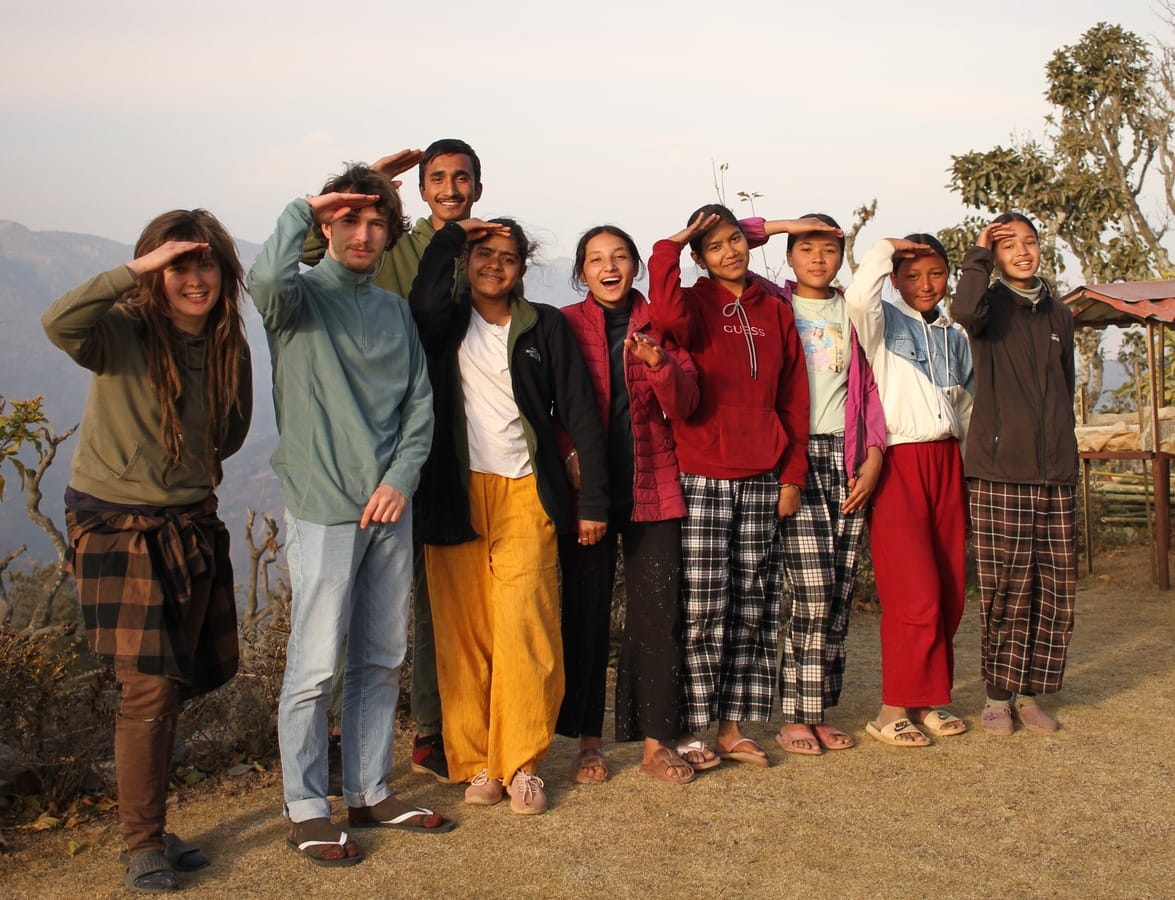











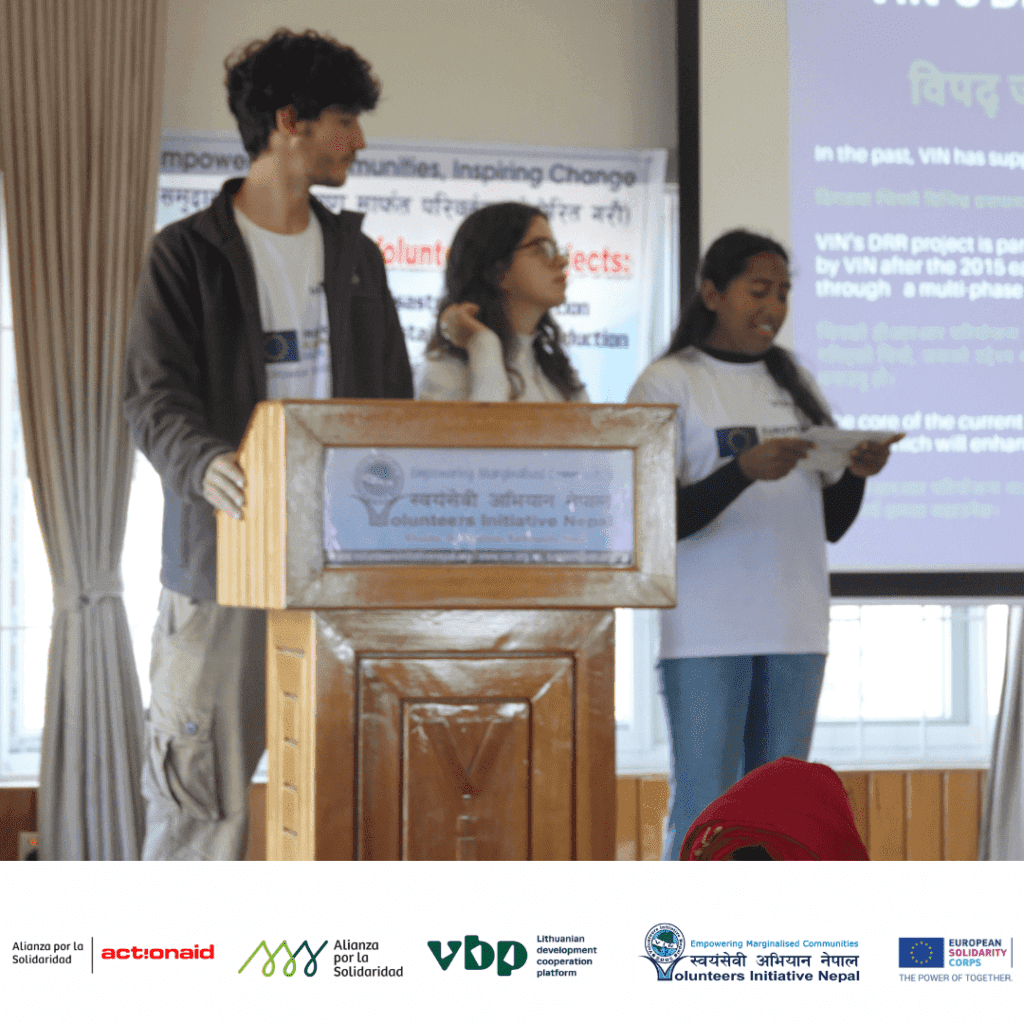


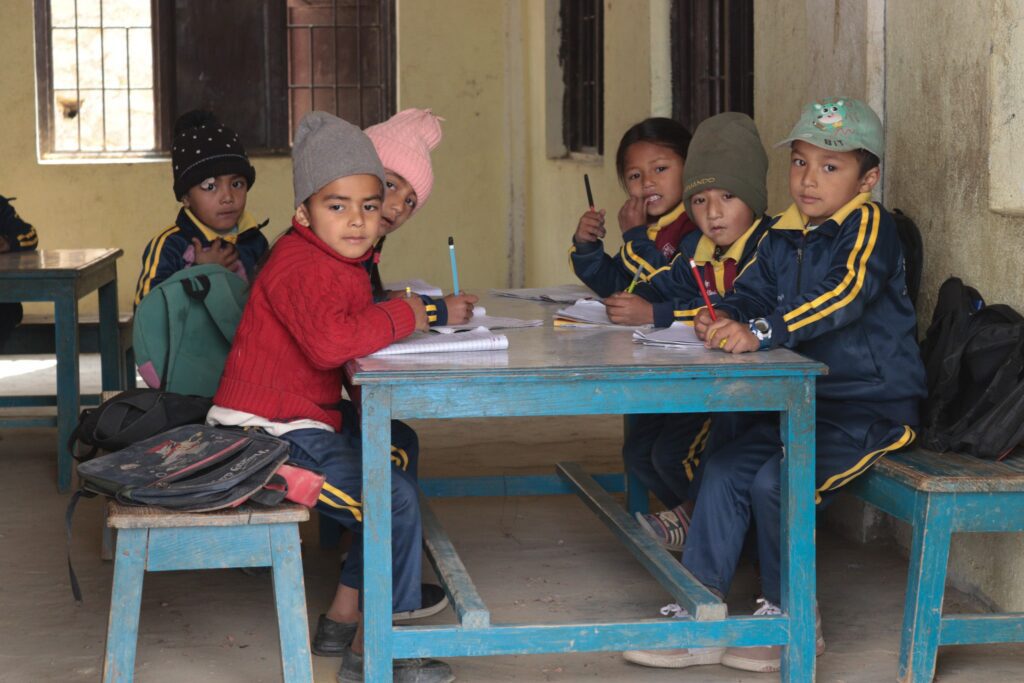
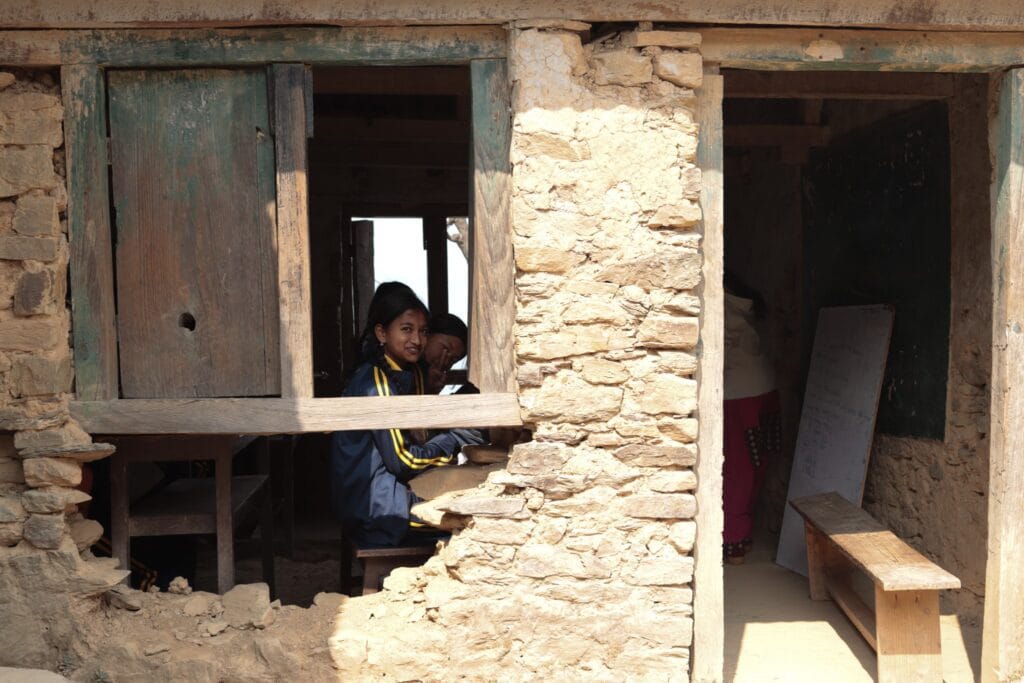

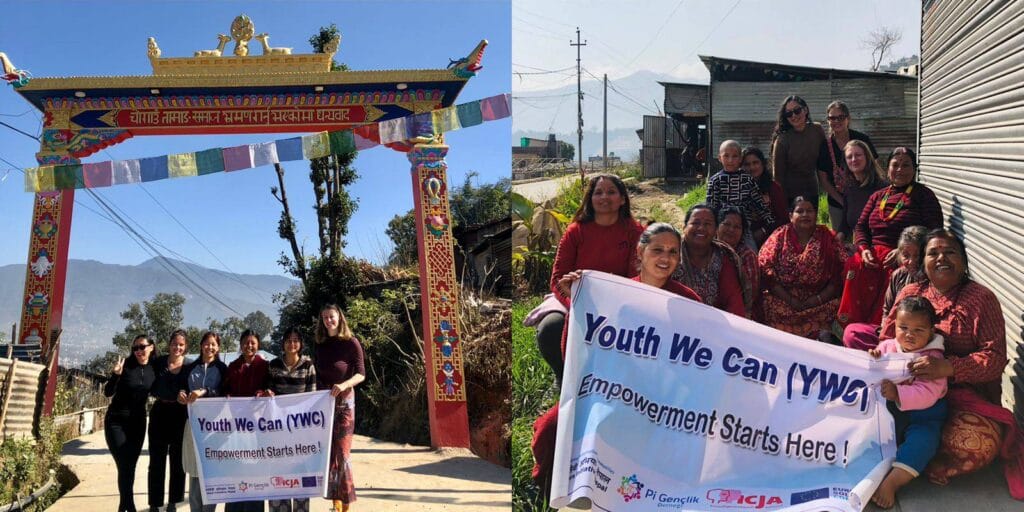
 Member of
Member of